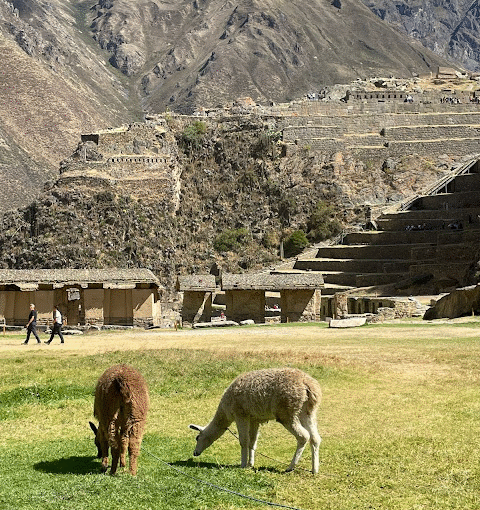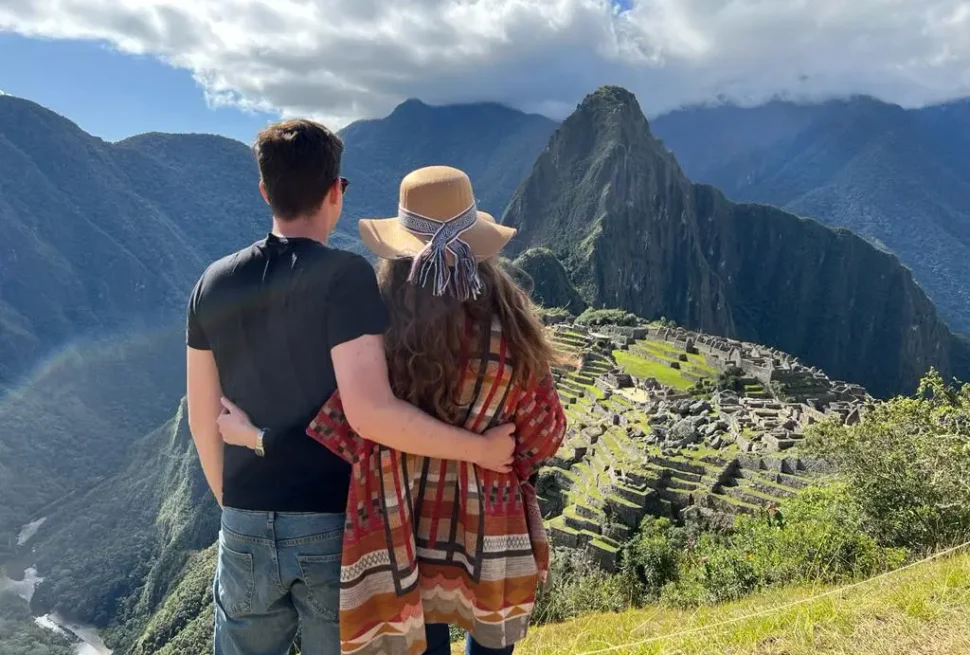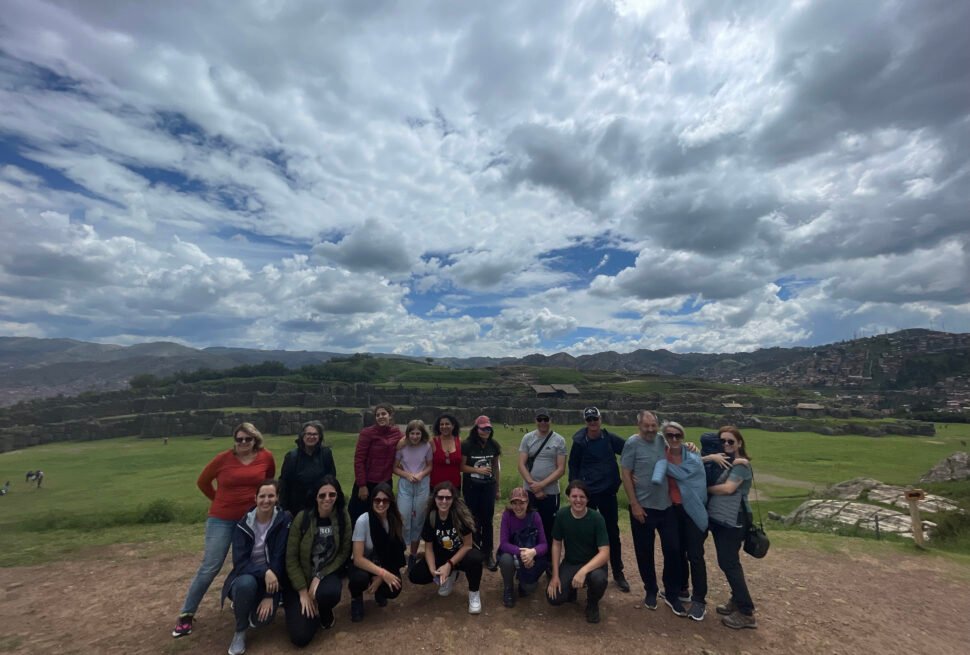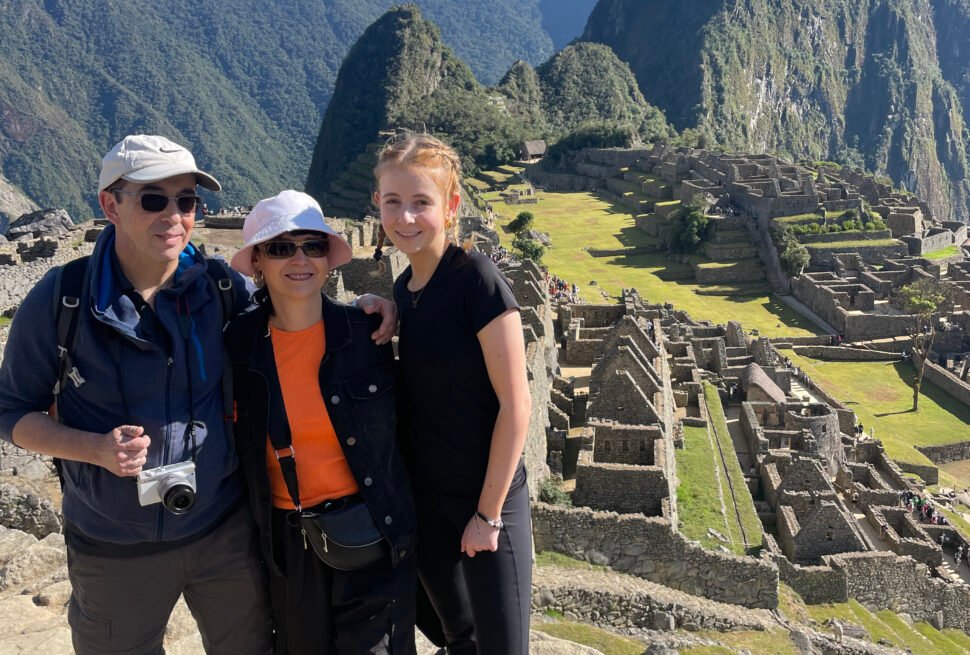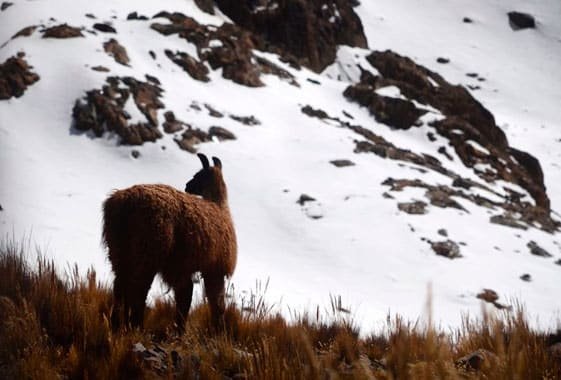
Imagine you're hiking along an ancient trail in the Andes. The air is pure, the mountains surround you, and suddenly, a vibrantly colored hummingbird crosses your path or a llama observes you from a distance. Hiking in the Peruvian Andes is much more than a trip to ancient ruins; it's a total immersion in a vibrant and diverse ecosystem. From snow-capped peaks to the cloud forest, the trails to Machu Picchu reveal a natural wealth that will leave you breathless.
- The Iconic Fauna of the Andes
While on a Salkantay Trek or a Sacred Valley tour, keep your eyes peeled. The region is home to unique and amazing animals.- Andean Condor: The king of the skies. Watching this majestic bird soar over the peaks, with a wingspan of over three meters, is an experience that will remind you of the immensity of nature.
- Lamas and Alpacas: More than just pack animals, they are an integral part of Andean culture. You’ll often see them peacefully grazing on the slopes, adding a picturesque touch to the landscape of your Machu Picchu full-day tour from Cusco.
- Spectacled Bear: This species of bear is the only one native to South America. Although elusive and difficult to see, its presence in these territories is a reminder of the biodiversity protected in the region.
- Hummingbirds: In the lower, warmer areas, you’ll see a variety of vibrantly colored hummingbirds flying among the flowers in search of nectar.
- The Flora of the Trails
The change in altitude along the Inca trails creates microclimates that allow for an incredible diversity of plants, many with unique properties.- Orchids: The Machu Picchu Historic Sanctuary is known for hosting more than 300 species of orchids. If you take a private Machu Picchu tour, your guide can point out some of the rarest and most beautiful.
- Medicinal Plants: The Incas used the local flora for medicinal purposes. Along the route, you will find plants such as muña and chachacoma, known for their healing properties.
- Polylepis Forests: Known as “paper trees” for their bark, these trees grow at extreme altitudes and create magical and unique landscapes.
- The Importance of a Local Guide
To truly appreciate the flora and fauna, there’s nothing like being accompanied by a local guide. Their knowledge goes beyond history; they are true experts on the ecosystem. They will help you identify species, understand their cultural significance, and, most importantly, help you respect the natural environment that makes this place so special.
A trip to Machu Picchu is an immersion in nature that will reconnect you with the planet and yourself.
If you’re ready to be amazed, we’re here to guide you every step of the way.

